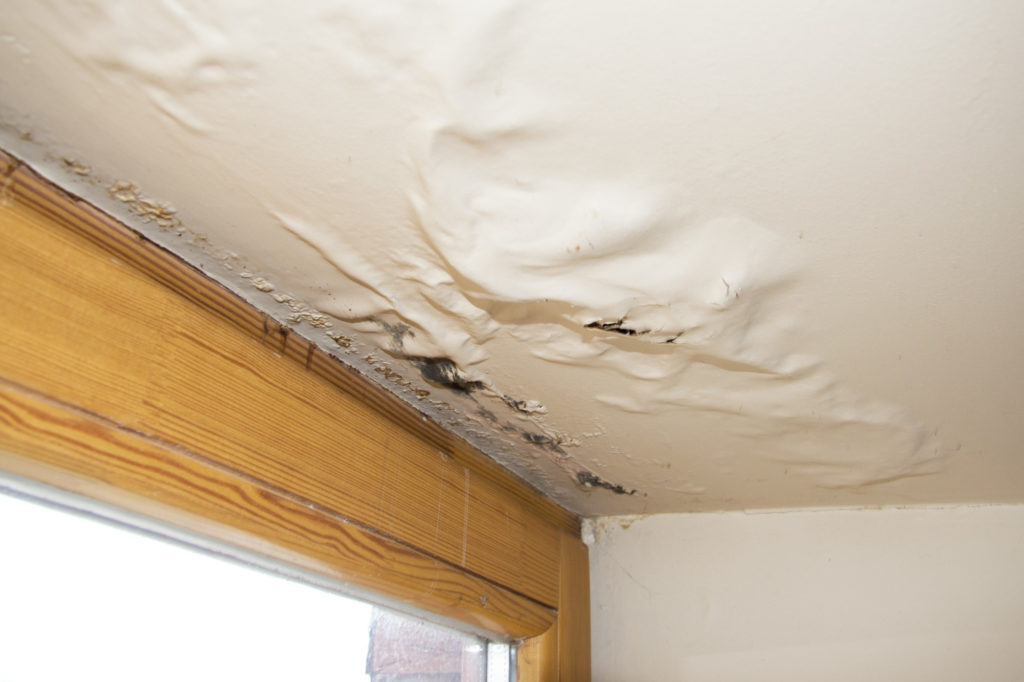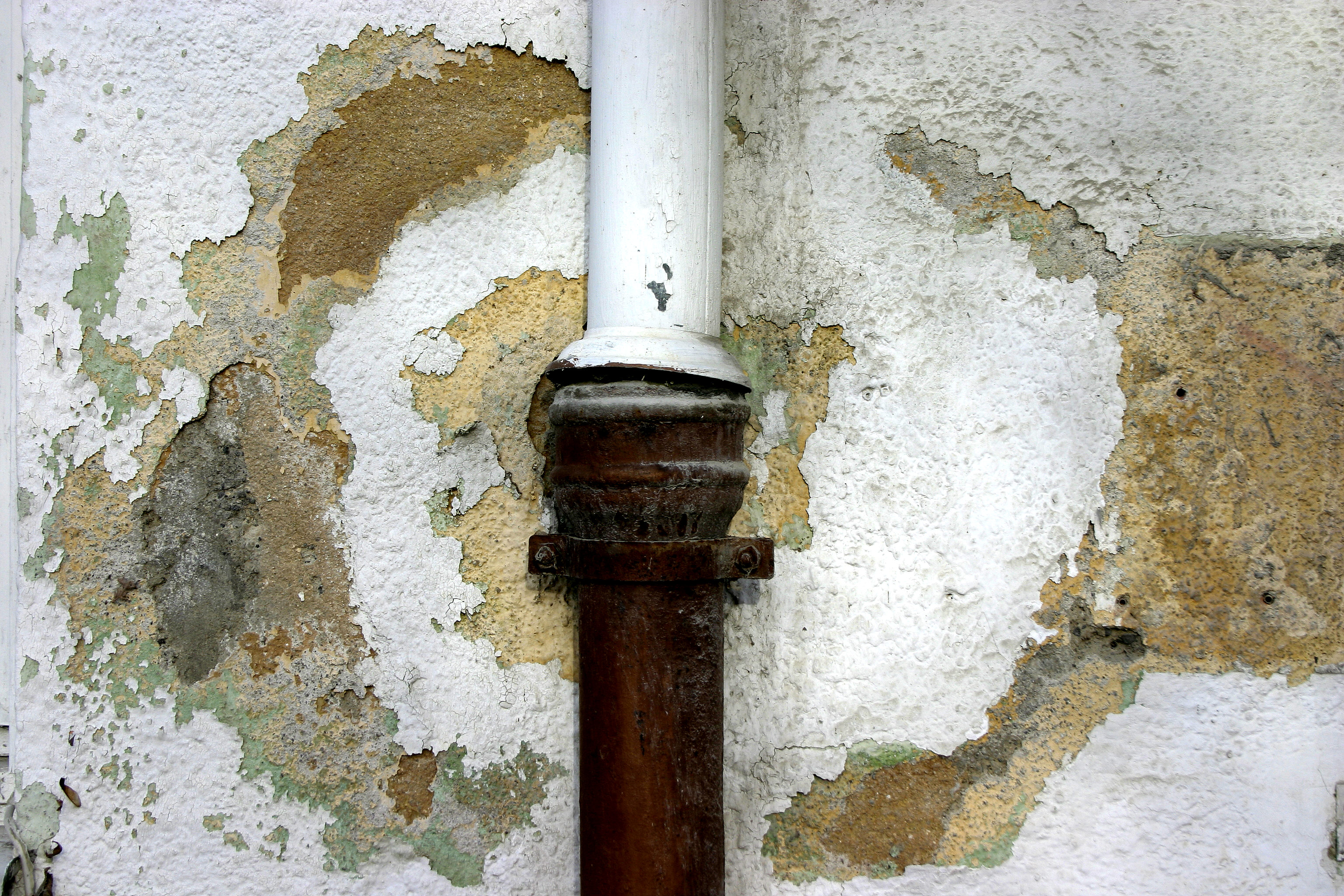Do's & Don'ts of Water Restoration.
Do's & Don'ts of Water Restoration.
Blog Article
Just about every person is bound to have his or her own theory on the subject of Fire And Water Damage Prevention.

Water gives life, water intrusion on parts where it's not expected to be can result in damage. Houses with water damages scent old as well as musty.
Water can originate from several resources such as hurricanes, floods, burst pipes, leaks, and also sewage system problems. In case you experience water damage, it would be excellent to understand some safety and security preventative measures. Right here are a few guidelines on how to take care of water damages.
Do Prioritize Home Insurance Coverage Insurance Coverage
Water damages from flood because of hefty winds is seasonal. You can also experience an unexpected flooding when a malfunctioning pipeline all of a sudden breaks into your home. It would certainly be best to have home insurance policy that covers both acts of God such as all-natural disasters, and also emergencies like damaged plumbing.
Do Not Neglect to Switch Off Utilities
In the event of a catastrophe, particularly if you stay in a flood-prone area, it would certainly be recommended to turn off the primary electrical circuit. This removes power to your whole house, stopping electrical shocks when water comes in as it is a conductor. Don't fail to remember to turn off the main water line valve. Furniture will move around and also create damages when floodwaters are high. Having the main valve shut off prevents additional damage.
Do Remain Proactive and Heed Climate Signals
Pay attention to evacuation warnings if you live near a creek, river, or lake. Doing so lowers possible building damage.
Don't Neglect the Roof
You can avoid rain damage if there are no openings as well as leakages in your roofing. This will certainly stop water from flowing down your wall surfaces as well as saturating your ceiling.
Do Take Notice Of Little Leakages
A burst pipeline doesn't happen over night. You may observe gurgling paint, peeling wallpaper, water streaks, water spots, or leaking sounds behind the walls. Have your plumbing fixed prior to it results in substantial damages.
Don't Panic in Case of a Ruptured Pipeline
Keeping your presence of mind is important in a time of situation. Worrying will only intensify the issue because it will suppress you from acting fast. When it concerns water damage, timing is crucial. The longer you wait, the more damages you can anticipate. Hence, if a pipe bursts in your residence, promptly turned off your primary water shutoff to remove the resource. After that unplug all electrical outlets in the location or switch off the breaker for that part of your house. Finally, call a reputable water damage restoration specialist for aid.
Water gives life, water invasion on components where it's not intended to be can result in damage. Homes with water damage smell stuffy as well as old.
Water damages from flooding fees to heavy winds is seasonal. You may notice gurgling paint, peeling off wallpaper, water touches, water stains, or trickling sounds behind the walls. When it comes to water damage, timing is vital.
Water Damage Do's and Don'ts
Do's
Always use rubber gloves to protect your hands & rubber boots to protect your feet and legs. Damage from water and bacteria growth can begin within hours. Call for professional help. Remove as much water as possible by mopping and blotting with sponges. Pull up wet rugs and carpets if hardwood floors are below. Lift draperies off the floor, loop through a coat hanger and place the hanger on the drapery rod. Wipe furniture, prop up wet furniture cushions for even drying and place aluminum foil under furniture legs. Move photos, paintings, art objects, computers, other electronics and valuables to a safe, dry location. Do not remove books from shelves. Pack them tightly to prevent page warping until a restoration professional can begin this specialized drying. Ventilate wet areas. Turn on air conditioning for faster drying in summer (only if there is no visible mold) and winter, alternate cycles of opened windows and heating. Also, open drawers, closets and cabinet doors to enhance drying. Don'ts
Do not enter rooms where there is wet and sagging ceiling! Do not enter a room with standing water until electricity has been turned off. Do not use a regular household vacuum to remove water. Use heat to dry closed building interiors. Mildew and more moisture damage can occur. Do not use electrical appliances while on wet carpet or flooring. Do not disturb visible mold. https://www.myknowledgebroker.com/blog/personal-insurance/water-damage-dos-and-donts/

I am very fascinated by What You Can Do At Home To Prevent Fire And Water Damage and I really hope you appreciated our entry. Those who enjoyed reading our article kindly don't forget to share it. I praise you for your time. Come back soon.
Report this page